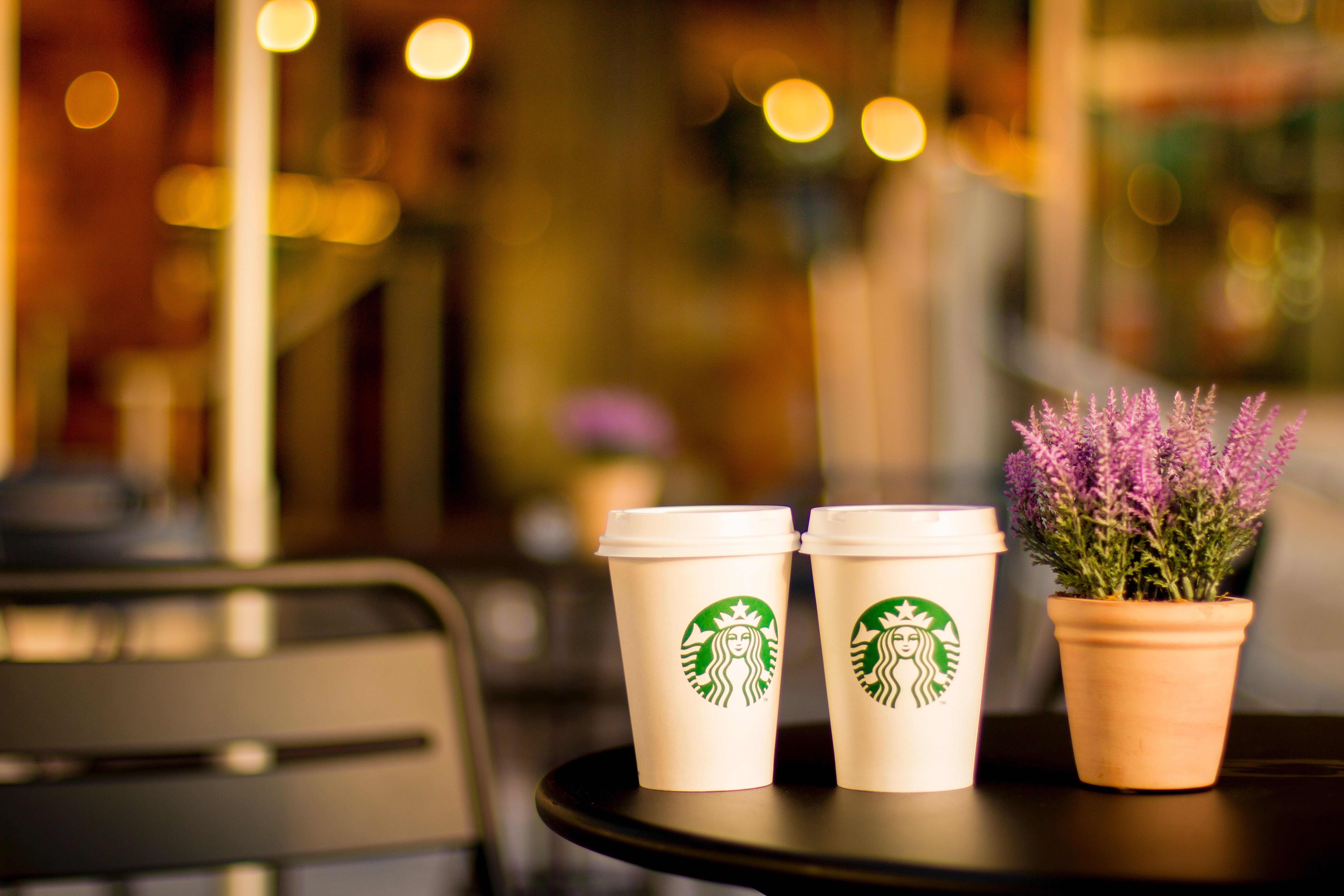Having a strong brand loyalty is a goal for every brand. Everyone wants consumers who will choose them no matter what—resulting in consistent revenues, word of mouth referrals, and that always-envied competitive advantage. When a brand has loyal customers, not only do they always choose them over competitors, they also advocate for the brand and, in some cases, form a community. Especially today, Gen Zers are so concerned about FOMO, they don’t want to miss out on the products that their peers are using. Here, we take a look at companies with some of the biggest followings, and how you can take a page from their branding books.
Apple: Once you go Apple, you never go back. I personally use Apple products, and I will never switch to a different brand for a phone, a computer, or a cloud storage service. They provide value that’s exactly what the user wants and needs without things being overly complicated. And not to mention there’s nothing more annoying than a green text.
Starbucks: People, yes actual people, will go out of their way, drive past four coffee shops, and wait in line just to get their Starbucks fix in the morning. That’s loyalty. Starbucks provides something for everyone, and is always offering new products to keep already loyal customers from getting bored. Their rewards program is really what keeps people coming back, though: for every dollar spent, customers rack up points, which can be redeemed for a free drink or snack later. Special promotions like “double star day” keep customers engaged and willing to spend more money. Their push of gift card sales also pushes loyalty by creating new followers they may not have with the aim of converting gift card users into loyal followers as well. (See where the cult aspect comes in?)
Harley Davidson: This is a great example of a company who used their following to create a community. By bringing together people with the same interests, Harley has cultivated one of the greatest brand followings there is. The brand works hard to understand exactly who values their company, and how to cater to this audience’s specific and unique needs.
Amazon: Obviously. They just became the most valuable company in the world. They’ve made everything so easy and user-friendly (one-click ordering, anyone?) that consumers would rather never go to a store again. And with services like AmazonFresh and Prime Wardrobe, you never have to. Basically, Amazon is doing all the things right, and that’s why they’re going to stay on top for a long time.
Patagonia: Yes, it’s about the quality products, but it’s also about what the company represents. Patagonia is a Certified B Corp who recently announced it would not be partnering with corporate Wall Street or Silicon Valley finance and tech companies, as their missions do not align. As a shiver went down fintech workers fleece-covered spines, fans of Patagonia applauded the company’s move. Yes, the outdoors giant is losing big-budget clients, but they’re making waves by truly living their values.
These are just some examples of how big companies build brand loyalty, but any business can do it. It’s all about knowing your customers and providing them with value, consistency, and service. This form of relationship marketing involves anticipating their moves and thoughts before they do, so much so that they’ll follow you (figuratively, and literally on social media), advocate for you, and come back to you again and again.
Anoroc creates brand stories and experiences that inspire, embolden, and spur loyalty. To see how we do it, ask us about it.

